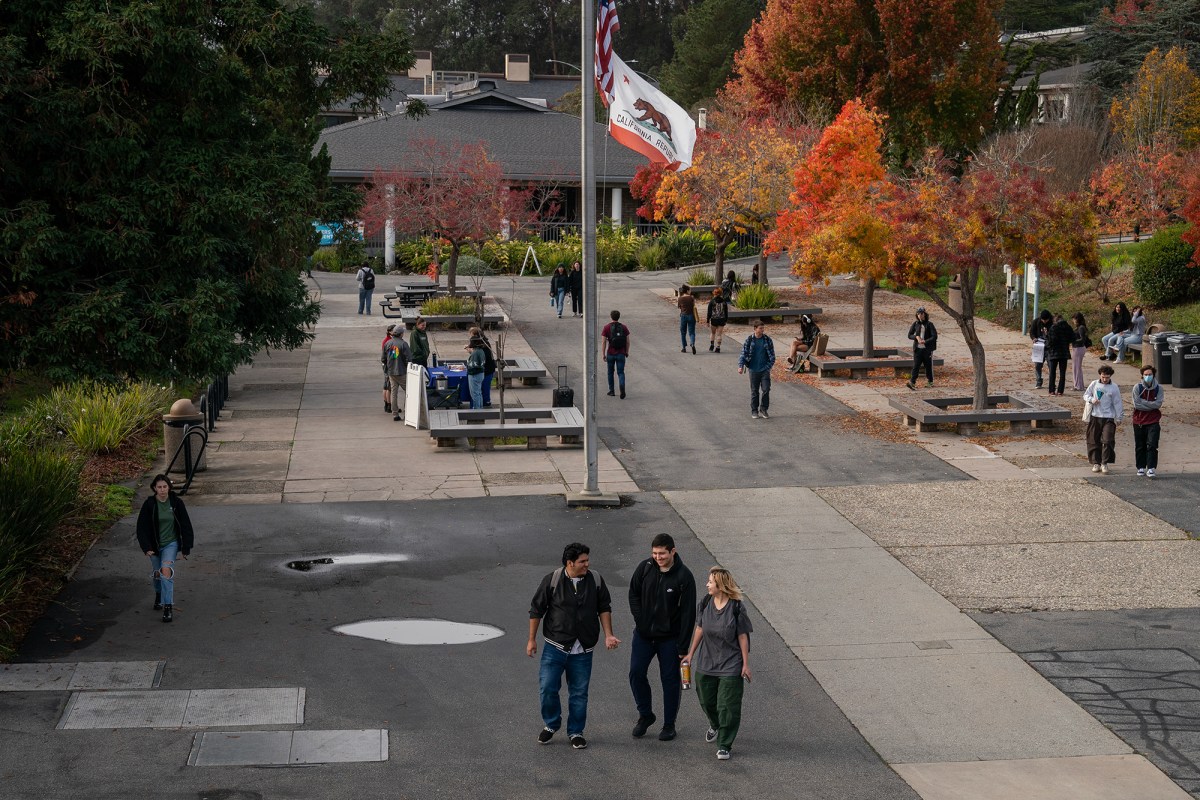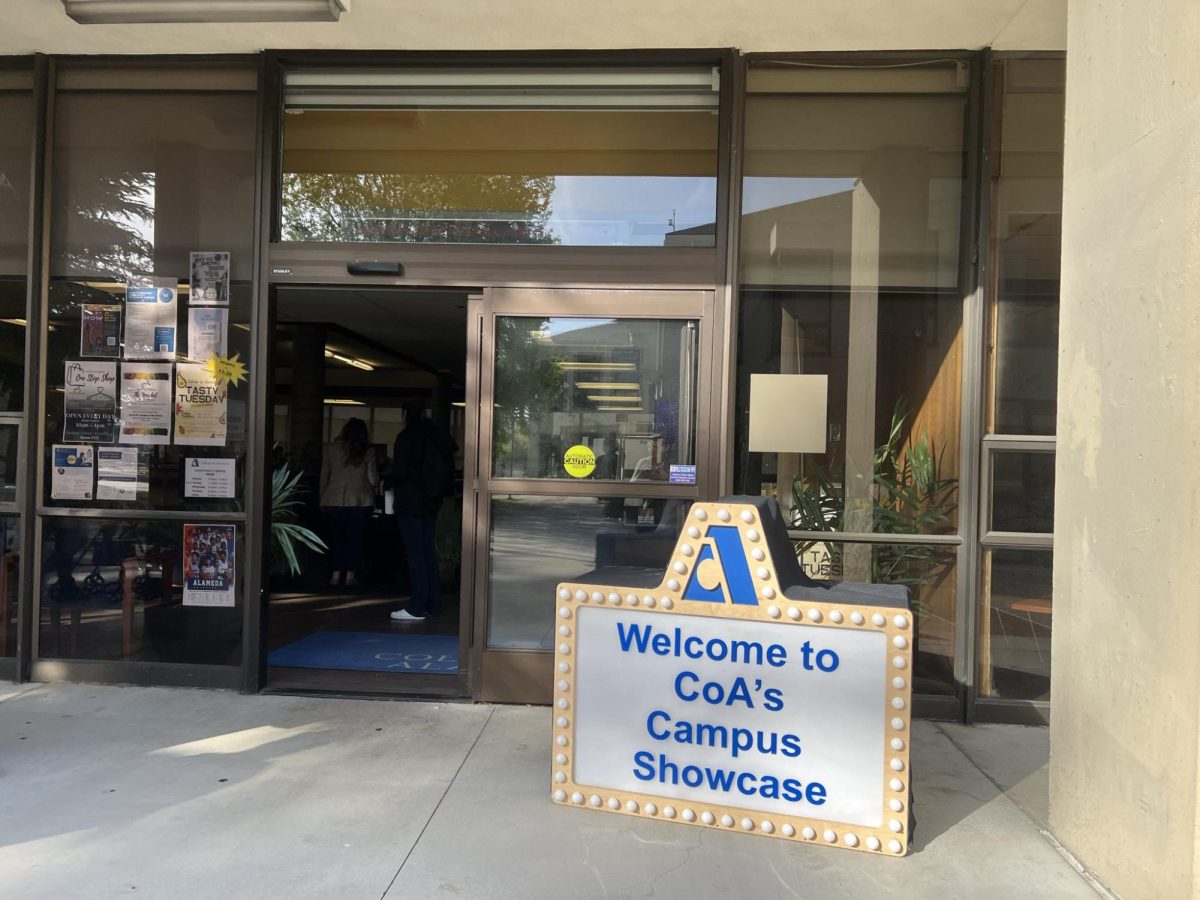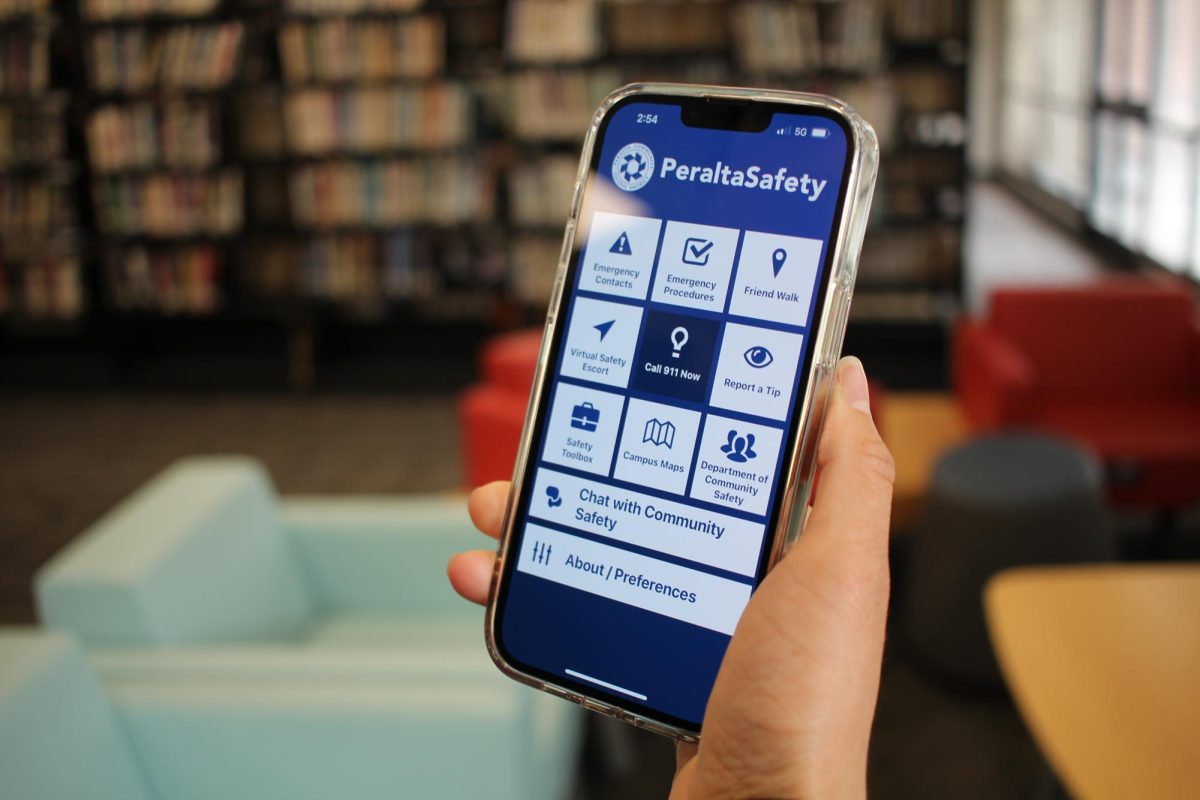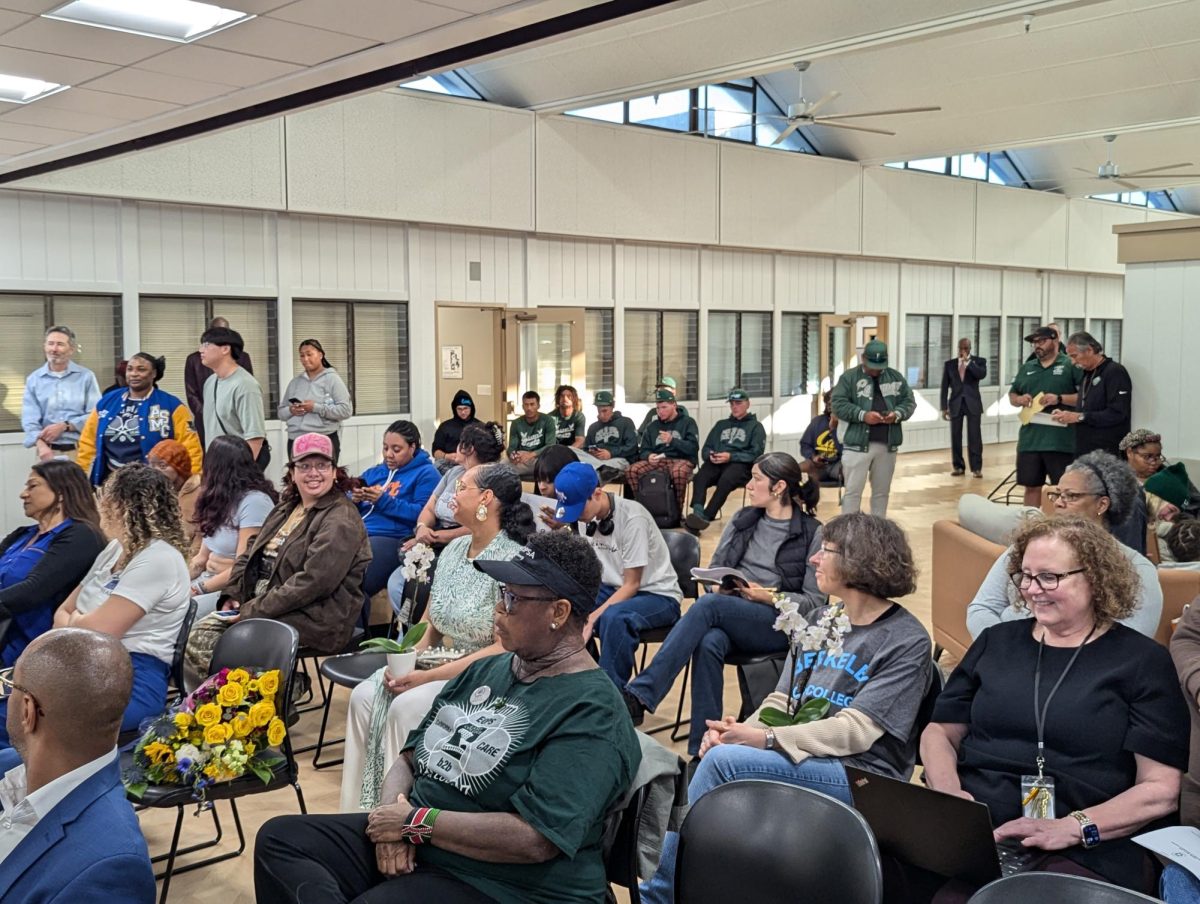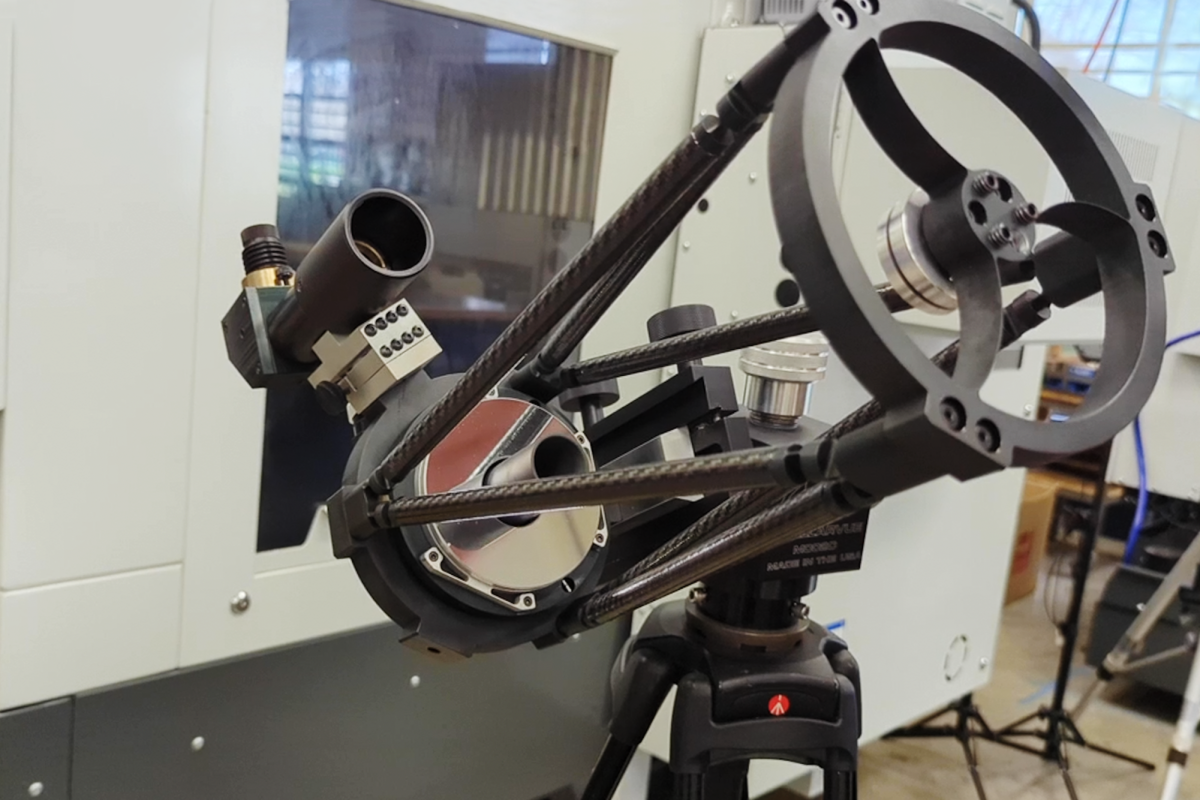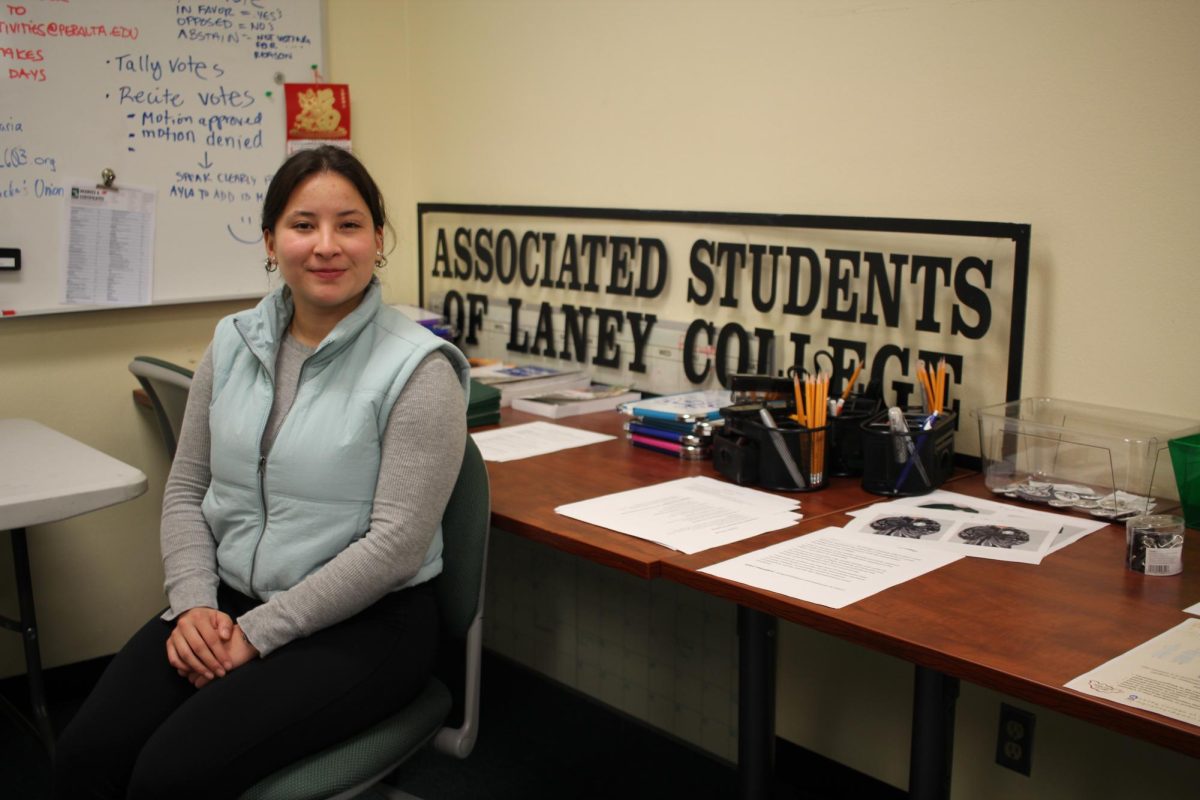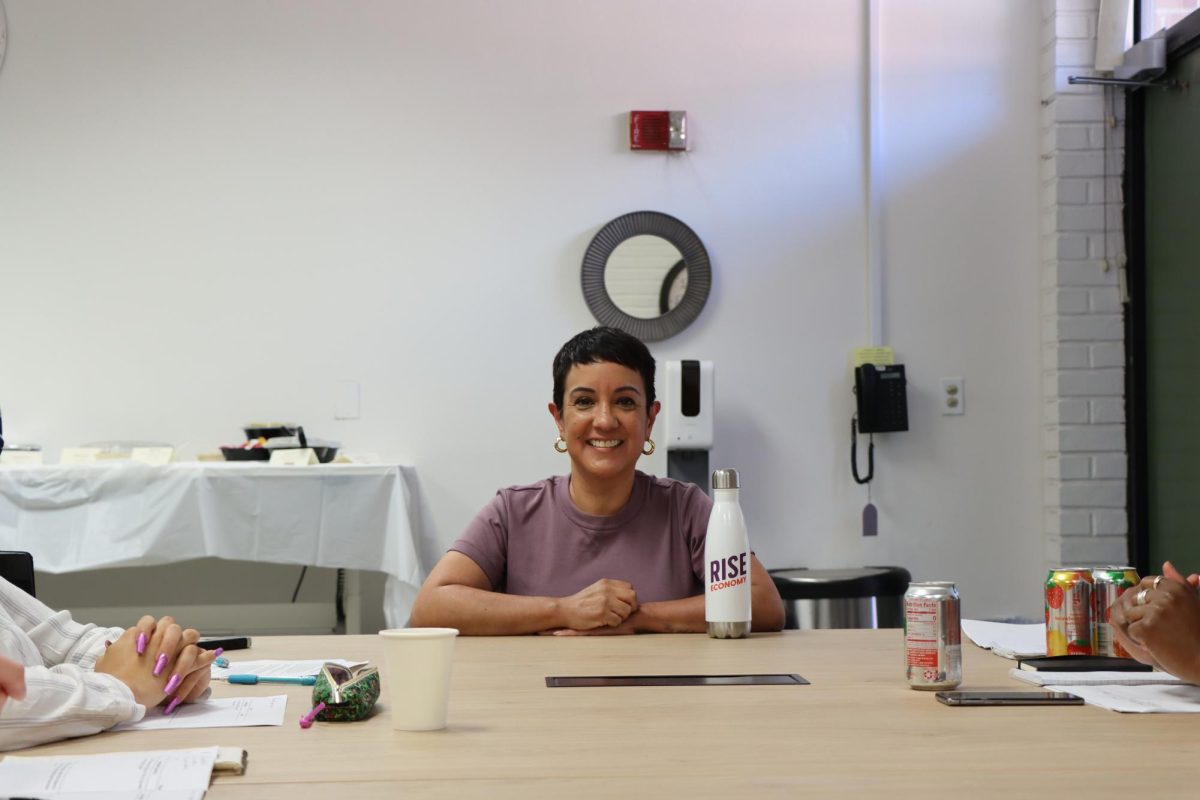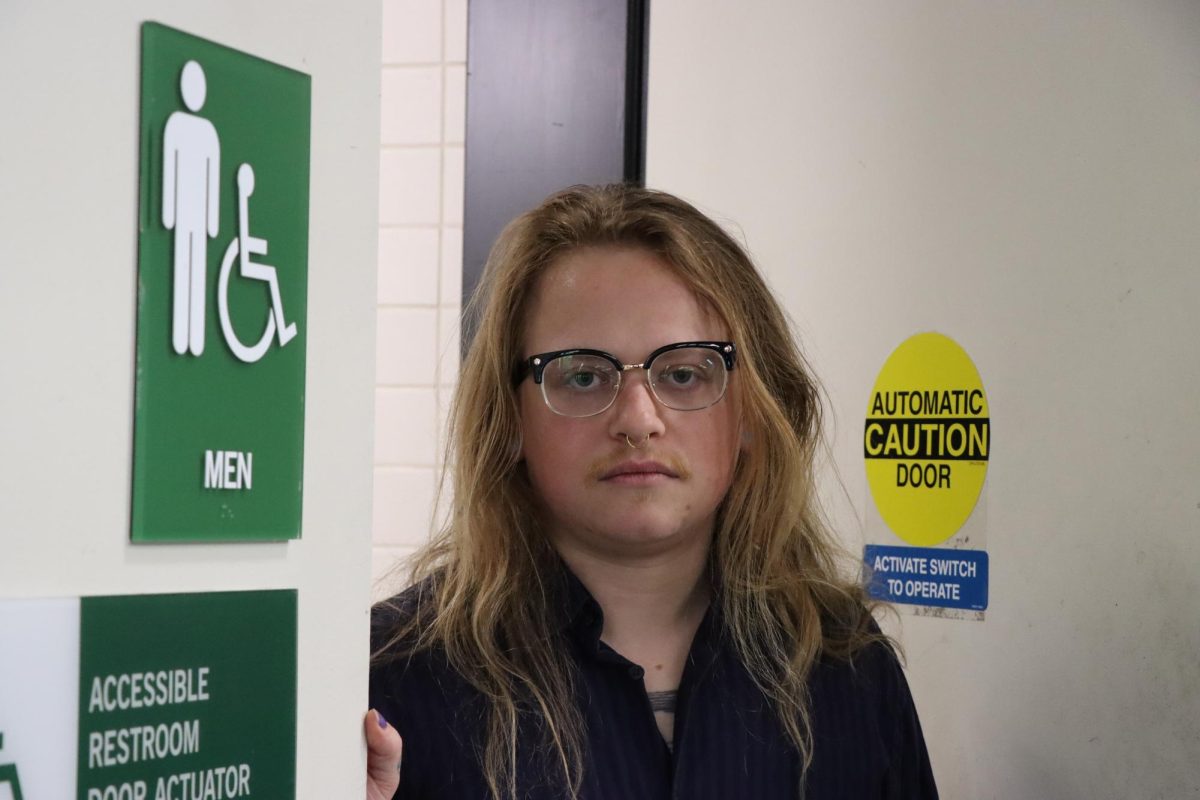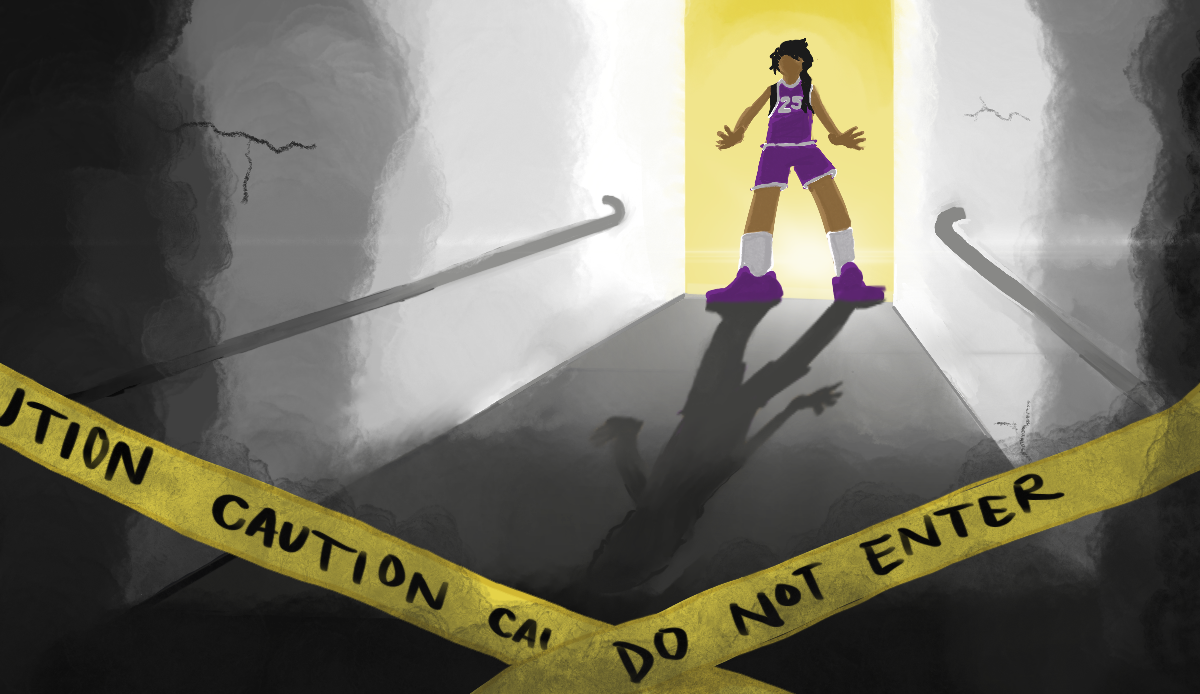Peralta adjunct faculty endure concerns over job security
One in four community college professors receives some form of public assistance such as food stamps or Medicaid, according to a recent study by the U.C. Berkeley Institute of Labor Relations.
“When jobs don’t pay enough, workers turn to public assistance in order to meet their basic needs,” the study noted.
“These public assistance programs provide vital support to millions of working families whose employers pay less than a livable wage.”
Part-time professors at the Peralta Colleges know this struggle all too well.
(All faculty members interviewed for this article chose to remain anonymous.)
PART-TIMERS’ PLIGHT
The plight of California’s part-time college professors was recently highlighted in a documentary titled “Freeway Flyers,” pointing to the necessity for many to teach at multiple campuses in order to make ends meet.
Across the nation, 70 percent of community college faculty are part-time. Not only are wages far below those for full-time faculty (an average of $2000 for a semester long course) but also there is no job security and no guarantee of benefits.
At the Peralta Colleges, medical benefits are not given to faculty members teaching fewer than two courses, so an instructor may suddenly lose his or her medical coverage as well.
Working conditions on campus such as office space are also determined by one’s status as part-time or full-time.
Morale suffers.
One faculty member said, “There is widespread, almost normalized lack of respect. You feel like a hired hand.”
Another wrote, “I have been so battered, I lost my medical coverage, my daughter is sick, I can’t go on.”
One professor said, “Separate rules based on employee status is corrosive to employee morale.” She added that many of her colleagues were too intimidated to complain about their working conditions because they feared retaliation and could not afford to lose even one class.
The majority of Peralta College faculty members are designated part-time temporary employees regardless of the fact that many have been teaching here for ten years or more.
STUDENT SUCCESS?
This would seem to be a money-saving move (although the public is picking up the tab for public assistance in many cases, as it turns out). But it may actually be penny-wise and pound foolish for the colleges.
Part-time teachers have no office hours, and often no time to linger and talk with their students before they need to rush off to their next job.
And even if they have time, they have no office where they can meet with students.
As one faculty member put it, “You see the students who really push, and you want to help them but if you don’t have time — you see the effects in absences and how work is done.”
The lack of time for faculty-student interaction affects student success and damages retention, she added. And since the colleges are funded based on the number of FTES (full time equivalent students) the loss of students means the loss of funding.
UNEQUAL FUNDING
Measure B was passed by an overwhelming majority of voters in 2012. One of the promises made in the campaign for Measure B was that the money would be used “to attract and retain high-quality faculty.”
But it is unclear how much of the Measure B money is being used at Laney for this purpose.
For instance, in the 2014–15 fiscal year, Laney College was allocated $1,003,315 in PASS funding but spent only $273,392 of that money and returned $729,923 unspent to the district.
(These figures came from a source close to the situation at the time. A rounded off version of the numbers was given to the East Bay Express by Vice Chancellor Ron Little in December 2015.)
According to the Accrediting Commission for Community and Junior Colleges (ACCJC), Laney is not receiving its fair share of funding from the district. In an ACCJC report, they described Laney as “very dependent on district personnel to handle financial planning and fiscal accountability, manage financial resources and reserves and ensure fiscal stability.”
But the report goes on to state that the budget allocation model is a problem.
“In theory,” they write, “the model is fair, predictable and consistent and uses quantitative, verifiable factors that allocate fiscal resources equitably and allow for the College to plan for future growth goals. “
“However,” the report continues, “the model has not been fully implemented, resulting in a significantly lower level of funding at the College than what is outlined in the model, thus having a negative impact on programs and services, the physical plant condition in particular.”


